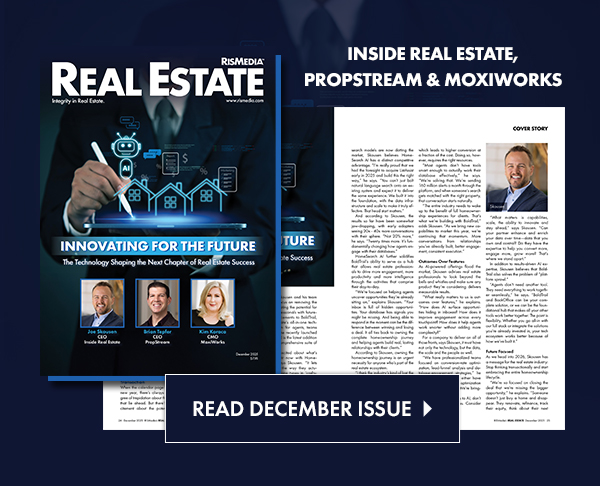By Al Karr, The Wall Street Journal
RISMEDIA, July 11, 2007—(MarketWatch)—More highway construction is being done at night, easing traffic tie-ups and disruptions during the day. But the benefits of night roadwork come with a host of safety concerns for motorists who are on the roads after dark.
In many states, up to a third of roadwork is now done at night, says Gerald Ullman , research engineer for the Texas Transportation Institute at Texas A&M University. In California about half of all construction is at night, state officials estimate. Most roadwork, or all of it for big projects in urban areas such as Richmond, Va., Chicago and Denver, now happens at night, but it’s even extending into rural areas in states such as California. Nighttime is “about the only time you can get out there on many roads,” notes James Bryden , a Delmar, N.Y., highway-safety engineer.
Driving at night, though, raises safety issues that are exacerbated by the growing amount of night construction. Visibility is even more of a factor since work zones often lack sophisticated lighting. With less traffic to slow them down, motorists generally drive faster at night. Workers and drivers alike are more apt to be alcohol- or drug-impaired, tired or sleepy and less alert, Mr. Bryden says.
State transportation departments and highway police patrols, along with federal highway and highway-safety officials, are searching for ways to reduce the hazards of increased nighttime construction. The main issues are how to improve lighting and better enforce impaired-driving and speeding laws, especially as they apply to work zones and night driving conditions. State decisions about when to plan night construction and how to perform it are being shaped to some extent by Federal Highway Administration work-zone rules.
Federal and state officials are seeking solutions even as the death toll continues to mount in highway work zones. In 2005, the most-recent year for which the National Highway Traffic Safety Administration has statistics, there were 1,074 fatalities in work zones, up from 1,063 deaths in 2004 and 989 in 2001, though the total was below the high for recent years of 1,186 deaths in 2002. Typically, drivers and passengers account for about 85% of work-zone fatalities, with construction-worker deaths making up most of the rest.
If the pace of construction has anything to do with it, the toll is likely to remain high until countermeasures can propel a downturn, highway safety experts fear. The massive $234 billion multiyear transportation law enacted by Congress in 2005 seems certain to keep highway building and maintenance at a vigorous pace; on the average, work-zone-safety people estimate that there’s a work zone every 50 miles or so of roads in the U.S.
Road work got off to a somewhat slower start this spring from last year’s furious pace, due mainly to lagging congressional federal funding, but some states plan even larger programs than before. California’s Department of Transportation, for example, reported continuing highway work valued at $10.3 billion at recent count, up from $7.4 billion on July 1, 2005, and $9.5 billion a year ago.
Aware of the particular hazards posed by nighttime work, Rep. Bill Shuster (R., Pa.) inserted into the 2005 highway law a mandate for a study of night work-zone safety, and Texas A&M’s TTI is doing that study for the Federal Highway Administration, due to Congress by next month. Another TTI study, probably six months from completion, seeks to compare daytime and nighttime work-zone safety.
Work-zone fatalities had held at about 43% at night for a decade, federal statistics show, but shifted to 45% nighttime in 2003, 2004 and 2005, possibly reflecting the recent trend toward more night work, says TTI’s Mr. Ullman. David Rush, work-zone safety programs manager at the Virginia Department of Transportation, estimates that about 30% of his state’s roadwork is at night, but about 40% of work-zone fatalities were at night for the past two years.
Darkness, of course, is a hazard, and states including California, New York, New Jersey and Louisiana are trying to use better lighting that overcomes problems like glare. The Illinois DOT uses lights encased in a balloon-like material, to reduce glare. The bright lights used to illuminate work sites can also cause dangerous shadows, requiring more workers to keep lights and other equipment properly placed, says Jimmy Travis , a North Carolina DOT official. Minnesota requires that construction workers wear full-length, highly reflective clothing. Some states have turned to new lime-green colored vests and other clothing to better distinguish workers from the orange or orange-and-white-stripe cones, barrels and rails that are so common in work zones.
At the same time, “increased police enforcement is becoming more common,” says Bryden, the New York engineer.
Most states — Michigan and others — and counties are stepping up their enforcement of speeding and other traffic laws, day or night, using more state troopers or local sheriffs or other officers, often paying off-duty police overtime pay for work-zone duty. New Jersey’s state patrol has a special unit just for work zones. Double fines for speeding in work zones are common, with some speeding fines in those areas reaching $375, or $1,000 for a second offense. Under a Missouri law enacted last year, injuring or killing a highway worker could cost a motorist $10,000, plus loss of his license for a year and jail time. Merging late in a construction zone where lanes narrow, a hazardous practice, is banned in Tennessee and Indiana.
A 2005 New York law mandates state patrol presence in “all major active” work zones. Illinois, for the second year, is using cameras in a manned van to nab speeders, in major construction projects, reducing fatalities by 75%, says Priscilla Tobias, a state safety engineer. Washington state and Virginia are considering photo enforcement of their own. North Carolina employs “drone” cars — unmanned patrol cars with heavily tinted windows and flashing blue lights. The drones emit radar signals that any vehicle’s radar detector can pick up. “Our primary goal is to get them to slow down,” a state DOT official says. Ultimately, state transportation people say, combining visible police presence with frequent arrests for violations works best.
Meanwhile, states are seeking to make work zones safer by giving motorists early and better warning of where the zones exist, so they can plan for them and even change routes to avoid them, whenever possible. Some states are using “intelligent transportation” methods like the nation’s expanding 511 telephone travel-information network, traffic detectors that spot heavy volumes and relay that information to traffic centers, which send it to those large variable overhead or roadside message signs, local radio stations or Internet traffic information Web sites, some offering live videos of work-zone sites.
Expected travel delays are reported to motorists by states including North Carolina, Texas, Florida, New York, California, Washington and Arizona.










